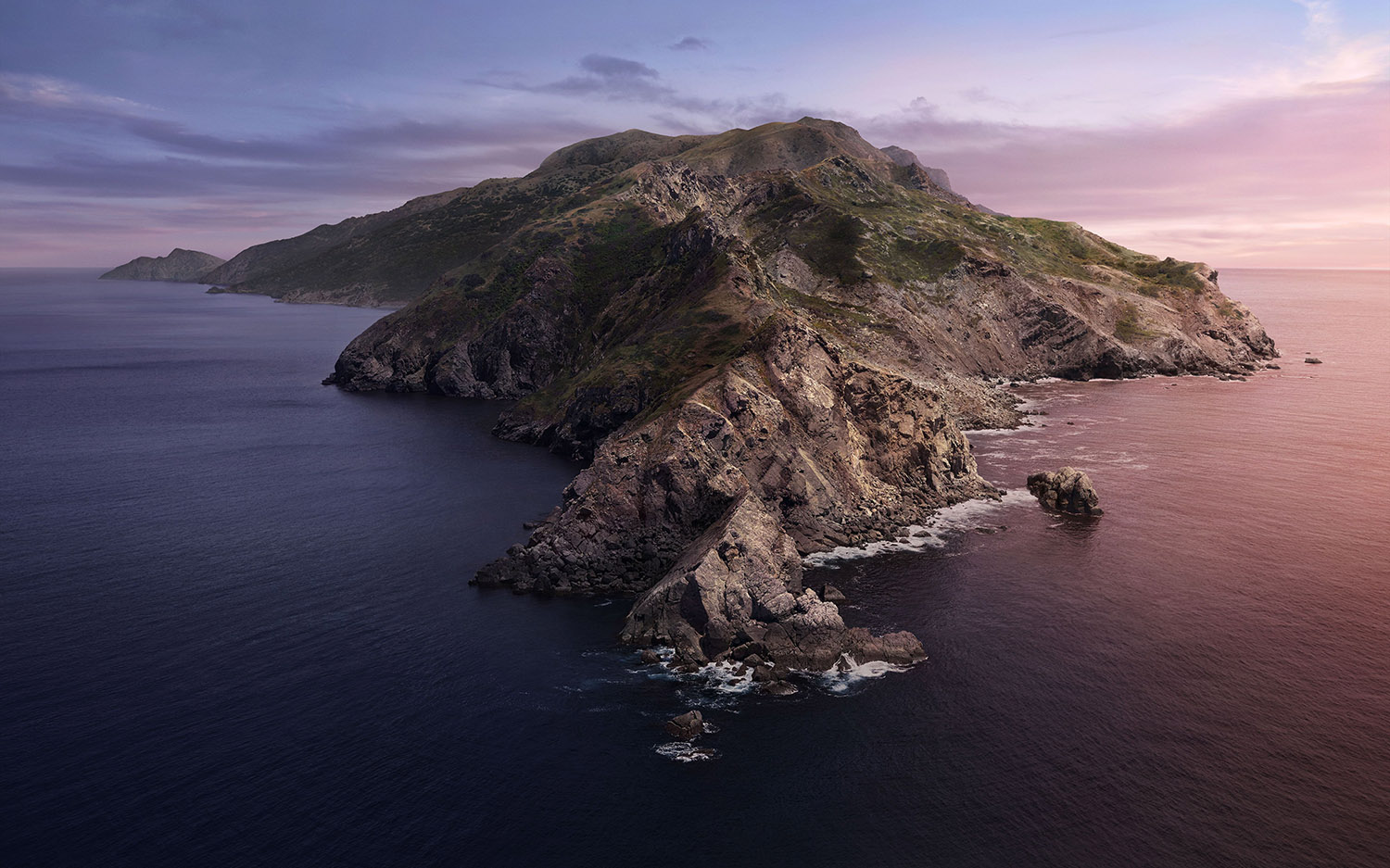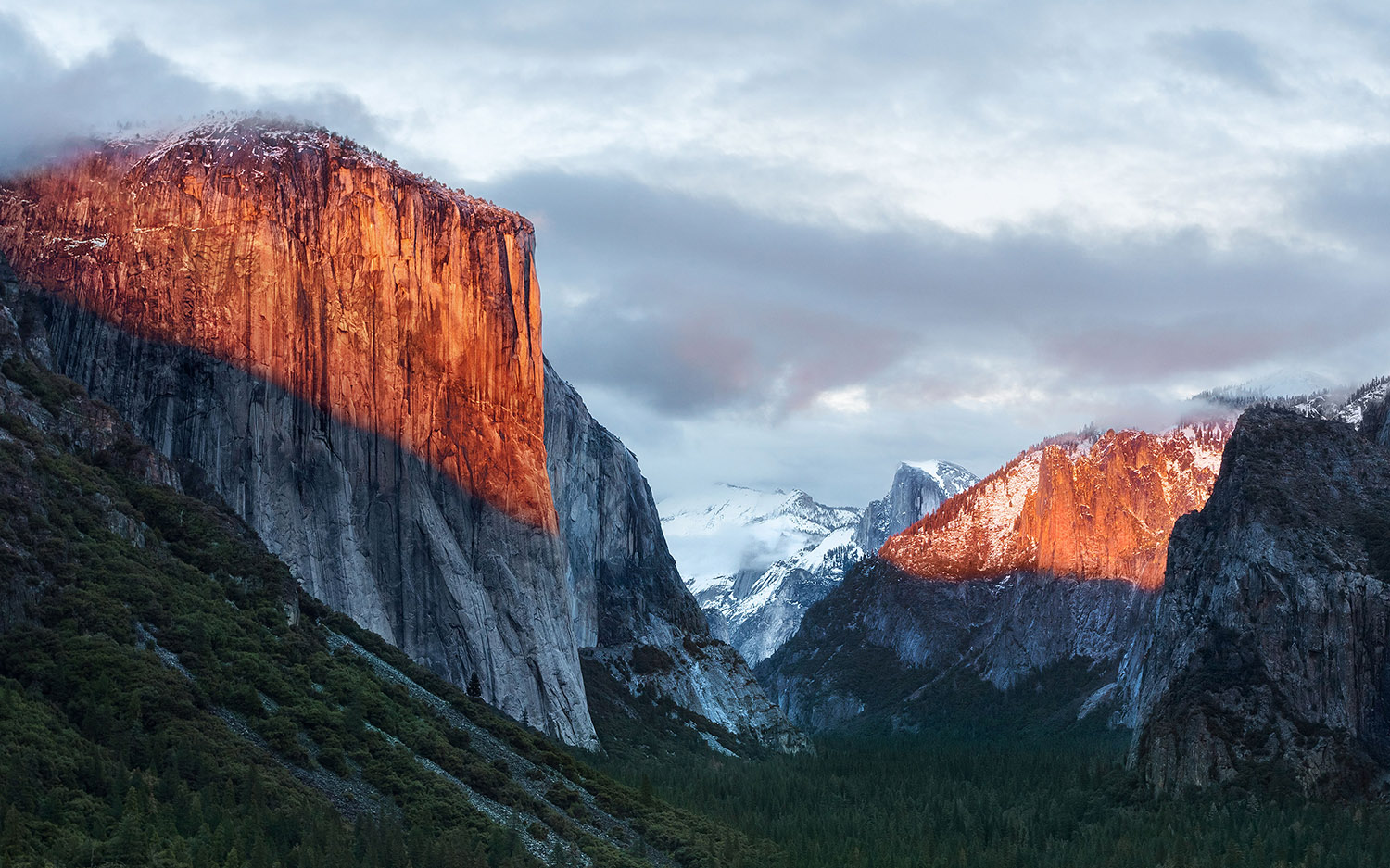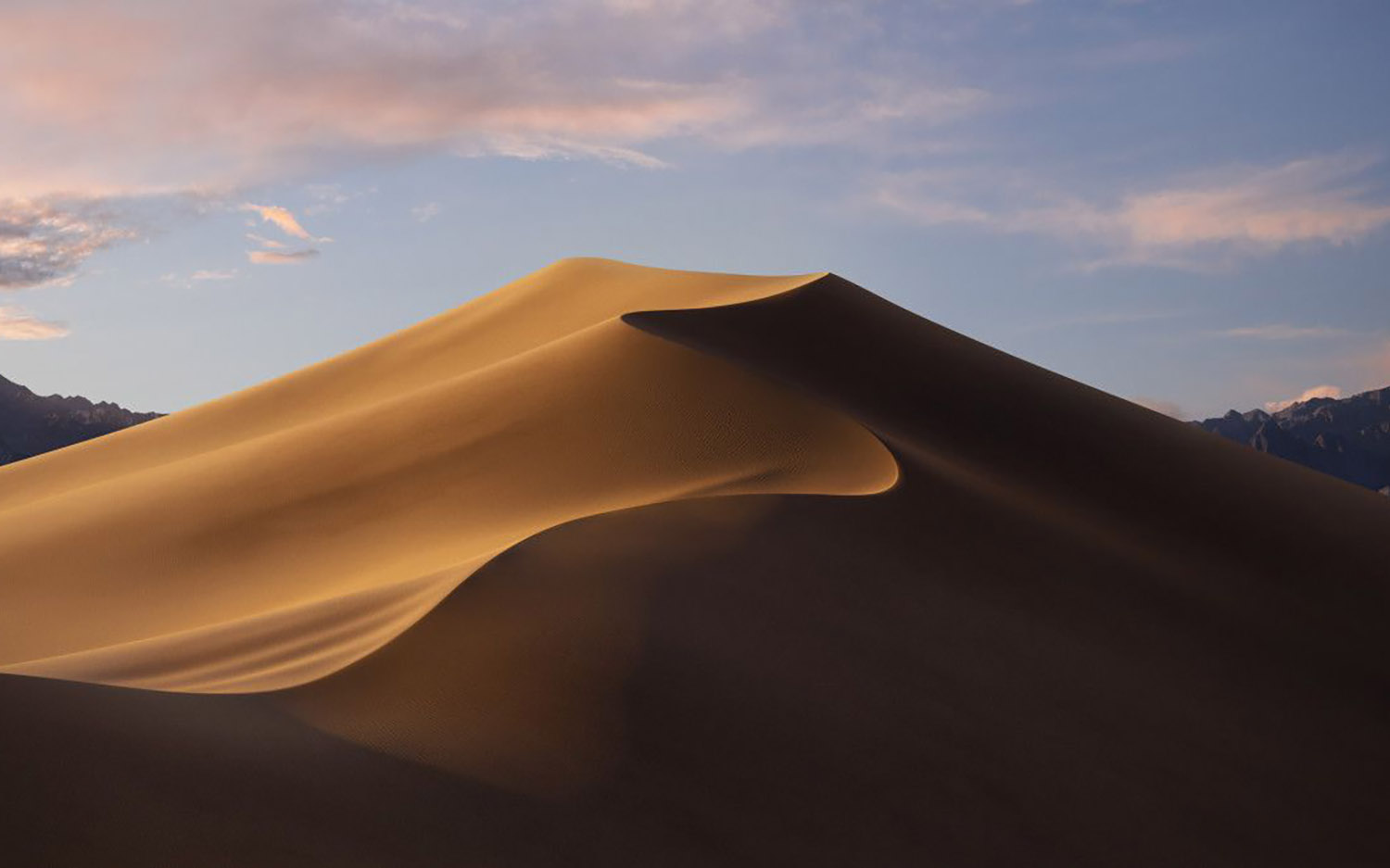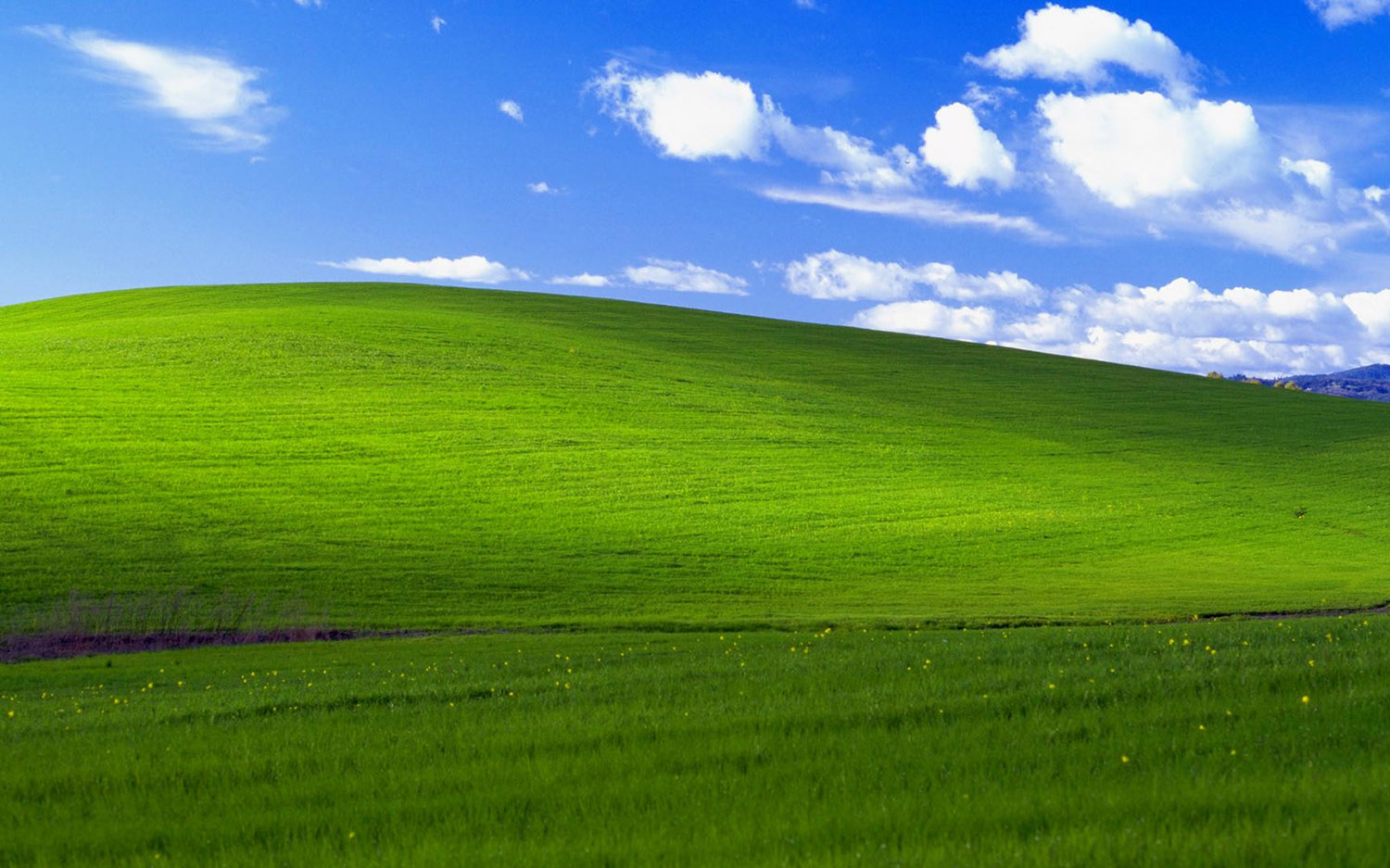Safari(Browser) The_Nature_ofmy_Computer
Some images are so ubiquitous that they become invisible. The best examples may well be the background (wallpaper) images on our personal computers: wide vistas of natural environments that hide in plain sight behind the clutter of files and applications on our digital desktops. This speculative video essay by Megan Dieudonné and Andrea Rüthel freely roams those landscapes (that are so beautiful they beggar belief) and goes looking for the origin and the purpose of these virtual sceneries.
This wonderful piece is a desktop video essay in more ways than one. It uses the modus operandi of that specific format, using screen recording software as its camera. But it also turns its digital gaze upon the desktop itself, questioning the design choices operating systems such as Windows and MacOS made. Dieudonné and Rüthel hypothesize what motivations are behind the choice for these specific images, using investigative tools that are provided by the operating systems themselves. Their first interventions use Apple’s proprietary Mac apps in an attempt to get closer to these distant and faraway landscapes.
The zoom function does get them closer but the vista remains unreachable. The color picker helps them reveal the pastel palettes in the skies of these wallpaper images. But ultimately these apps reveal details that don’t explain the images’ status, provenance or intention.
More digital sleuthing ultimately sees them identify the location and photographer of Windows XP’s iconic “Bliss” hill image. This discovery only leads to more questions and part of the appeal of this essay is the forthright way in which its makers make clear they’re only feeling their way through it, hazarding guesses as opposed to claiming definitive answers.
The final third is where this video essay really hits its stride and finds a unique voice. That part is dedicated to devising alternatives for the provided desktop images. If we change those digital backdrops, how would that effect our understanding of and relation to the physical world that is hidden from view by our screens? The four different “attempts” at alternatives reveal the untapped activist potential of these wallpapers and the imaginative substitutes that Dieudonné and Rüthel come up with make full use of the speculative powers of the video essay format.





